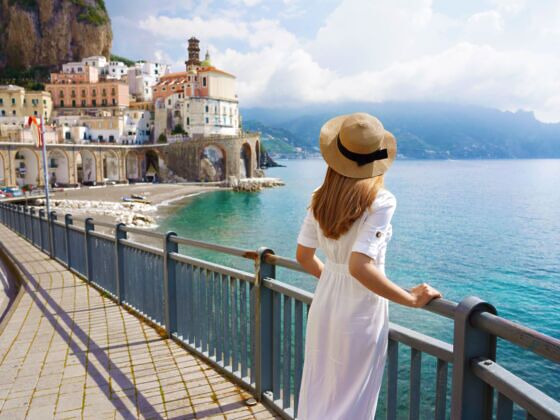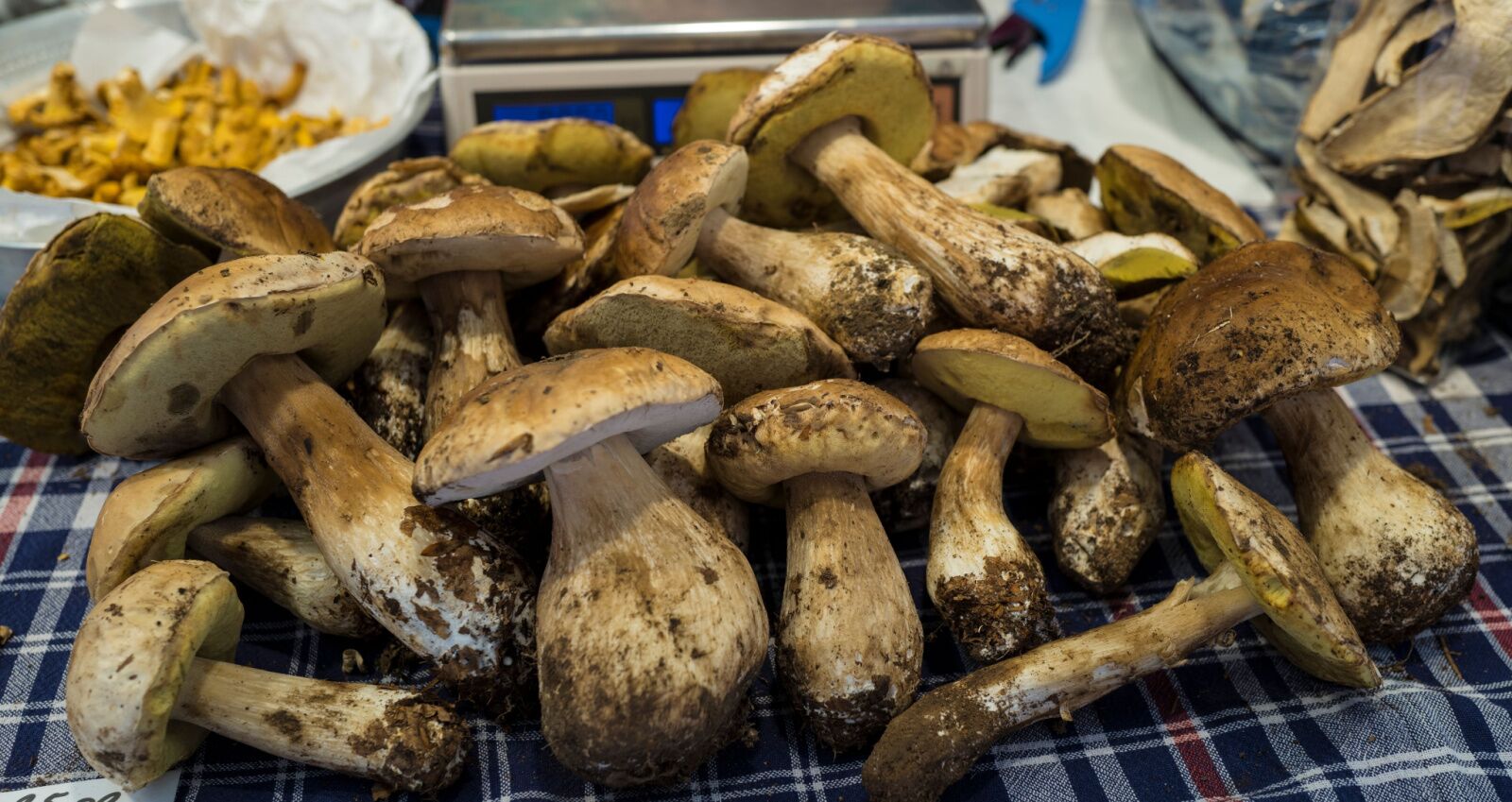If you’re starting to think about a trip to Italy and wondering when you should go, you’ll get lots of advice. Don’t go near this place in the summertime. It rains all spring in that town. This city is glorious in October. But the truth is, almost anytime is a good time to visit Italy, depending on where you go and what you plan to do.
But to take some of the mystery out of your trip planning, use the guide below to figure out the best time to visit Italy based on the experiences you’re hoping to have.











